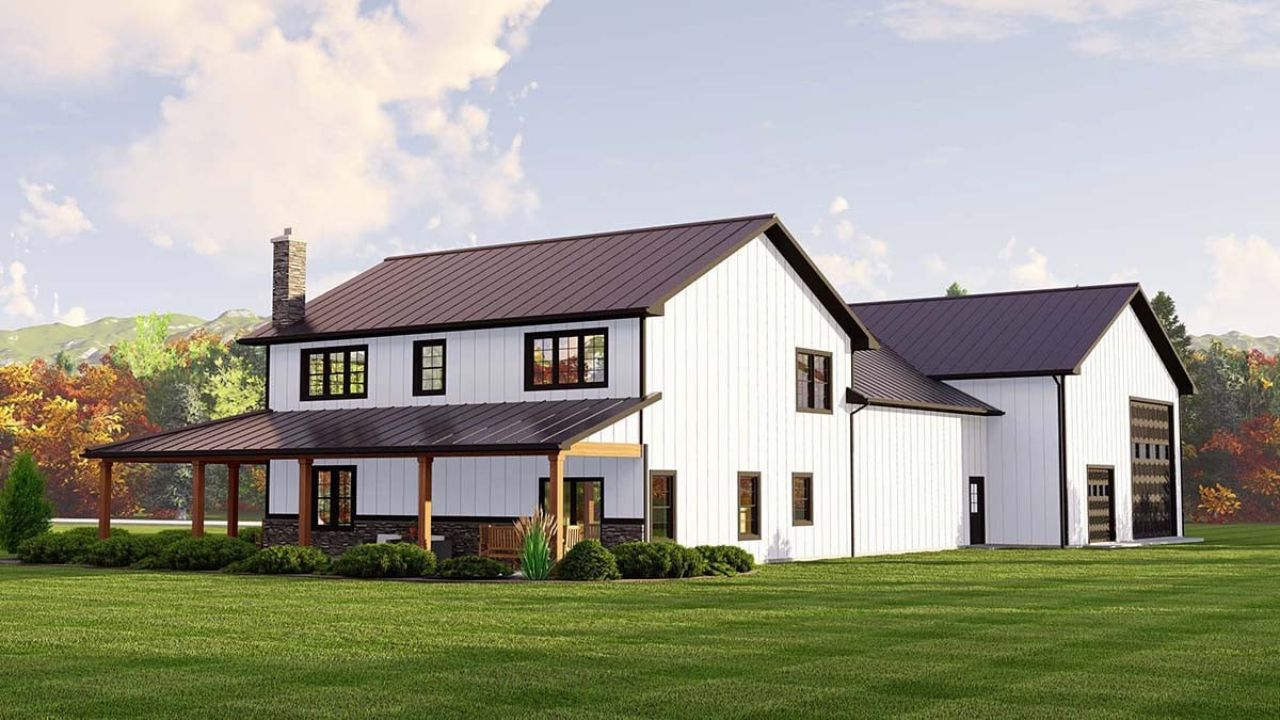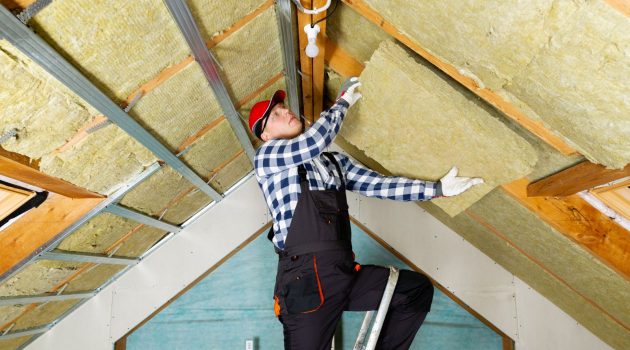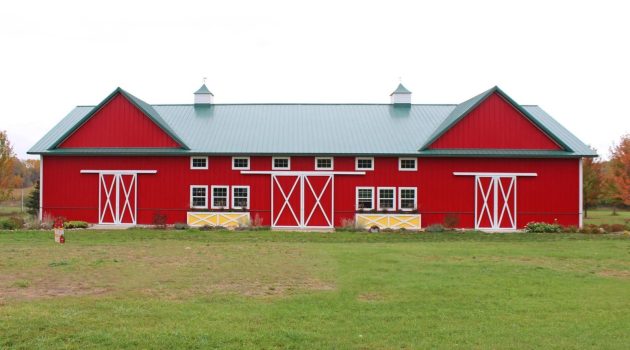Barndominiums have been steadily gaining popularity, especially in rural areas, as a unique and cost-effective alternative to traditional homes.
They combine the rustic charm of a barn with the modern comforts of a well-designed living space.
As you explore the world of condominiums, it’s important to consider both the pros and cons to determine if this type of home is right for you and your lifestyle.
As you weigh the options and research more about condominiums, it’s essential to take these pros and cons into account.
Keep an open mind and explore the various customization possibilities these homes offer, so you can decide whether a barndominium is the right choice for your next home.
1. Features of a Barndominium
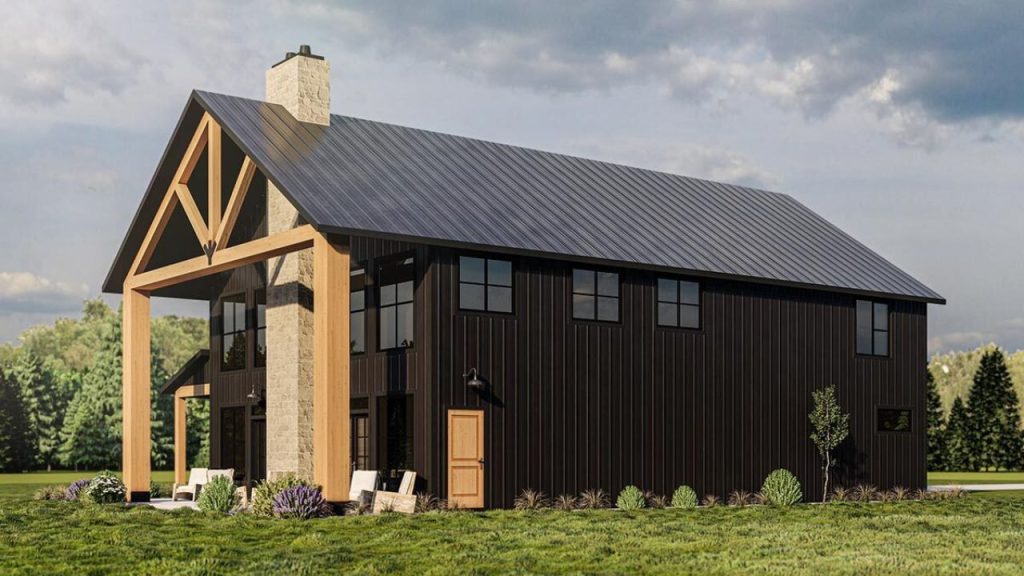
Design and Space
Barndominiums offer a unique blend of style and practicality.
With their open floor plans, you can enjoy the flexibility to design and rearrange your living spaces according to your needs and preferences.
The high ceilings and spacious interiors provide an airy, comfortable living environment that promotes creativity and freedom.
Many condominiums come with large windows or glass doors, allowing ample natural light and picturesque views of the surrounding landscape.
Building Materials
One of the main advantages of a barndominium is the affordability of its construction. Typically built with a metal frame, the materials are cost-effective and durable.
Building a barndominium will generally set you back around $30 to $40 per square foot, making it a more budget-friendly option than traditional homes.
Additionally, metal frames are resilient against extreme weather conditions, ensuring a long-lasting and safe structure for you and your family.
Utilities
Regarding utilities, condominiums offer several opportunities to incorporate eco-friendly features and reduce carbon footprint.
These buildings are well-suited for installing solar panels or geothermal heating and cooling systems, which can help lower your utility bills and contribute to a greener lifestyle.
The metal construction of condominiums also provides excellent insulation, helping to regulate the temperature inside the living space throughout the year.
As a result, you can expect energy efficiency and cost savings when heating and cooling your home.
2. Pros of Owning a Barndominium
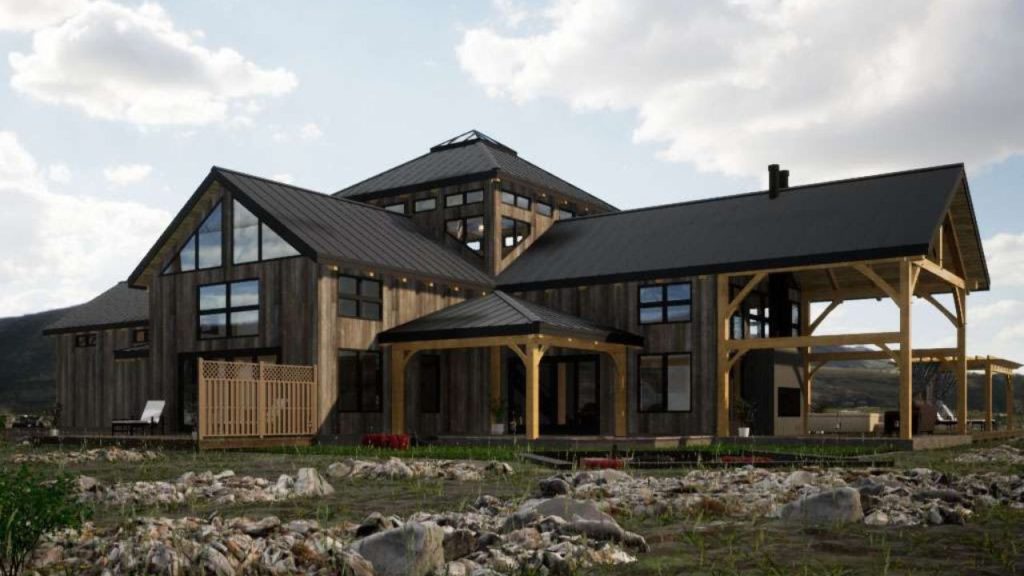
Durability
One benefit of owning a barndominium is its durability.
Many of these buildings are made from steel frames, which can withstand extreme weather conditions like , hurricanes, and other natural disasters.
You can take comfort in knowing your home is built to last, providing a safe and reliable living solution.
Customization
Barndominiums are highly customizable, allowing you to design your living space according to your preferences and needs.
Whether you want an open floor plan, a separate workshop, or multiple levels, a barndominium offers the flexibility to create the perfect layout.
Energy Efficiency
Energy efficiency is another pro of choosing a barndominium. These homes often require less heating and cooling preparation than traditional homes.
With proper insulation and energy-efficient windows, you can enjoy lower energy bills and a smaller carbon footprint, making your home more eco-friendly.
Maintenance
Low maintenance is another advantage of owning a barndominium.
Due to their steel frame construction and the use of durable materials, these homes typically require less upkeep than conventional houses.
This gives you more time to enjoy your home and pursue your hobbies instead of constantly working on repairs and maintenance tasks.
Affordability
Affordability is a significant benefit of condominiums.
The cost of acquiring a barndominium, securing the land it sits on, and making necessary interior modifications usually falls in the range of $180,000 to $380,000.
This price point can often be more budget-friendly than traditional home construction, so you can invest in a unique, customizable living space without breaking the bank.
3. Cons of Owning a Barndominium
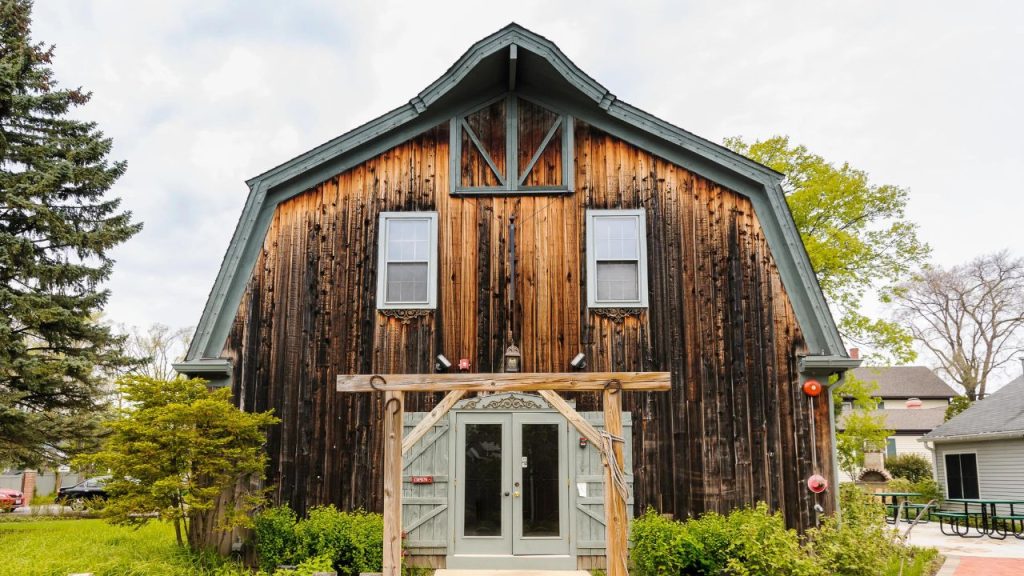
Financing Issues
One of the major drawbacks of owning a barndominium is financing. Since condominiums are relatively uncommon, many lenders may be reluctant to finance their construction.
This can make it difficult for you to secure a loan, and you may need to explore alternative funding options or pay a higher interest rate.
Building Permits
Obtaining building permits for a barndominium can be challenging, as they may be classified differently than traditional homes.
This means you encounter more restrictions, inspections, or requirements, which can lead to delays in the construction process.
Before pursuing this type of home, familiarize yourself with your local building codes and permitting process.
Initial Costs
While condominiums can be more affordable than traditional homes in the long run, they often come with higher initial costs for land and construction.
You may need to invest more upfront to secure a suitable site and pay for the construction of the barndominium.
Potential for Corrosion
Barndominiums, especially those built with steel components, can be susceptible to corrosion.
This is a significant concern for those living in humid or coastal regions, where salt and moisture in the air can speed up the corrosion process.
Invest in the right materials and maintenance to protect your investment to mitigate this risk.
4. Costs of a Barndominium
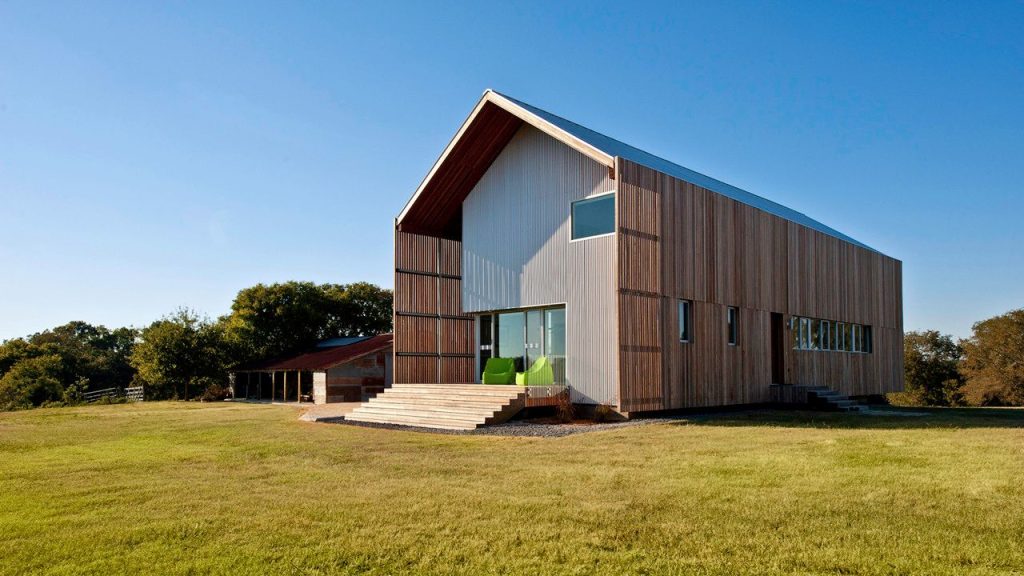
Construction Costs
Building a barndominium can be a cost-effective and affordable option for you compared to traditional homes.
Generally, construction costs for a barndominium range between $30 to $40 per square foot.
However, it’s essential to remember that costs vary depending on materials, location, and design choices.
For example, a 2,400-square-foot barndominium may cost anywhere from $120,000 to $500,000 or more to construct with a professional builder.
If you prefer a DIY approach, barndominium kits from companies like Worldwide Steel Buildings can save you money.
These kits typically start around $10 a square foot and can go up to about $30. Just remember that assembling and customizing the barndominium may require significant work on your end.
Insurance Premiums
Another advantage of a barndominium is that your insurance premiums may be lower than those of a traditional house.
This is because condominiums often have more straightforward designs, fewer flammable materials, and sturdy steel frames, which reduces potential risks.
Shop around and compare insurance quotes to get the best deal.
Other Maintenance Costs
When considering the costs of a barndominium, remember maintenance expenses.
Barndominiums typically require less maintenance than conventional homes because they are built with durable materials like metal and concrete.
Nonetheless, you should still budget for routine maintenance tasks like:
- Cleaning the exterior and interior
- Inspecting and repairing the roof
- Maintaining the heating, ventilation, and air conditioning systems
Taxes
Lastly, you may benefit from lower property taxes when owning a barndominium due to its unique classification and valuations.
However, tax policies and regulations can vary greatly depending on your location.
To understand how your barndominium will affect your taxes, consult with a tax professional or reach out to your local tax assessor’s office.
Frequently Asked Questions
What are the cost differences between a barndominium and a traditional house?
Barndominiums tend to cost less than traditional houses, mainly due to their simpler construction and use of materials. The exact cost difference will depend on location, design choices, and building materials. However, you should always compare quotes from various builders to decide which option is best for your budget.
How do condominiums hold up in extreme weather conditions?
Barndominiums are designed to withstand extreme weather conditions such as tornadoes, hurricanes, and other natural disasters. Their strong, durable materials, such as steel, make them a safe living option. However, selecting the appropriate building materials is essential and working with a skilled contractor to ensure your barndominium is built to endure these conditions.
What is the lifespan of a barndominium?
The lifespan of a barndominium can vary depending on factors like the building materials used, maintenance, and weather exposure. When properly maintained, a steel-frame barndominium can last upwards of 40-50 years, while a wood-frame barndominium might have a shorter lifespan. Regular maintenance and inspections are crucial for maintaining your barndominium’s longevity.
Are there tax benefits to owning a barndominium?
Tax benefits for owning a barndominium can differ based on location and property type. In some cases, owning a barndominium on agricultural land might come with tax benefits, like lower property taxes or exemptions. Consult with a local tax expert to learn more about potential tax benefits applicable to your specific situation.
What should I consider before building a barndominium?
Before building a barndominium, consider your location, design preferences, and desired features. Select materials, finishes, and fixtures that suit your taste and needs. Additionally, research local zoning laws and building codes, as these can influence your barndominium’s design, size, and features. Lastly, set a realistic budget and request quotes from multiple contractors to make an informed decision.
Are there any disadvantages to living in a barndominium?
While condominiums offer many benefits, they may come with a few drawbacks. For instance, condominiums often feature open floor plans, which can lead to less privacy and noise. Additionally, the resale value might be lower than traditional homes due to their unique design and niche market appeal. Also, financing and insurance options could be more limited, so it’s essential to research before committing to a barndominium project.
